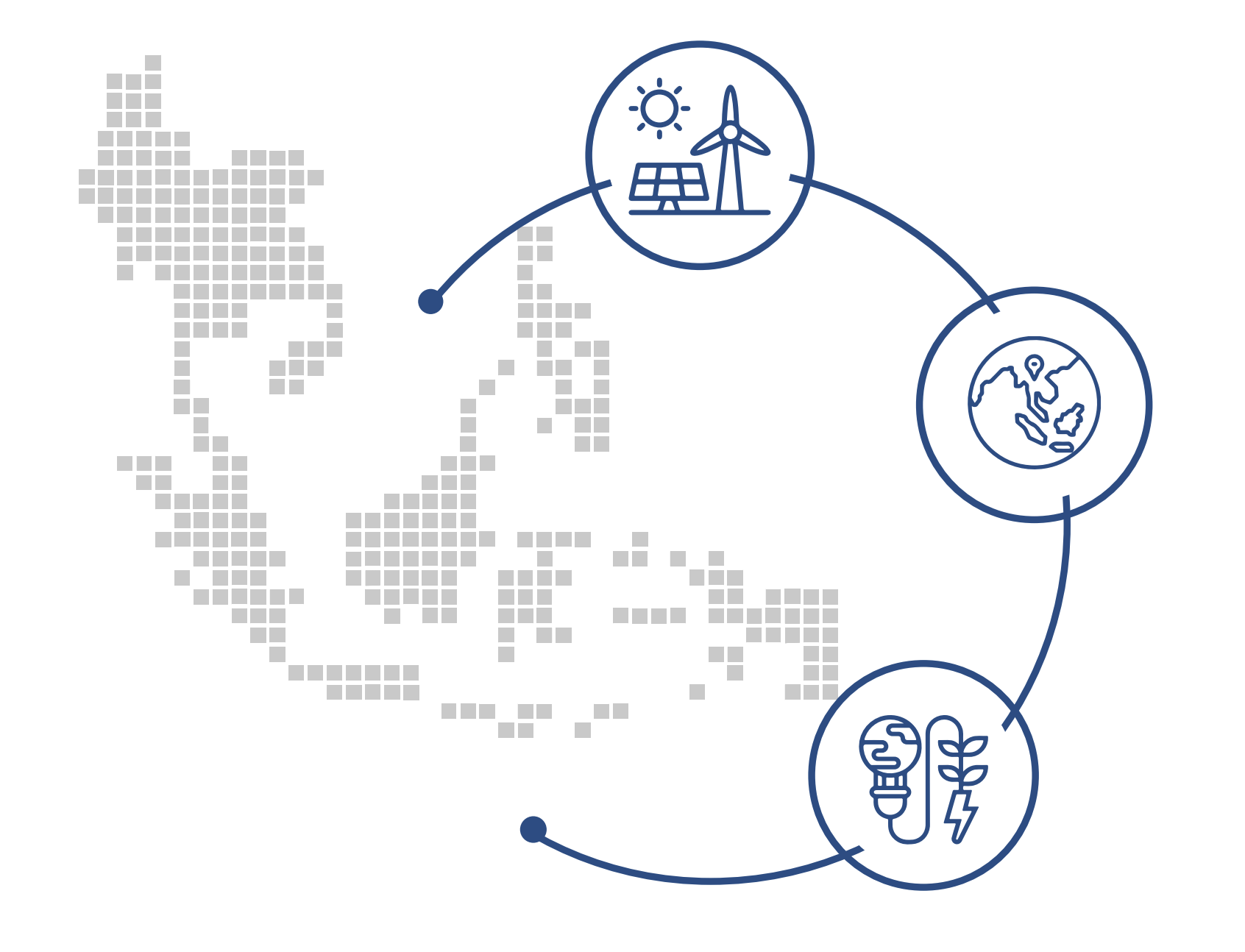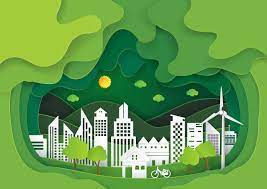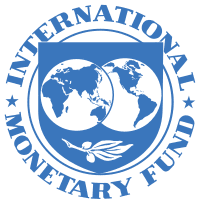Key messages:
- There is growing agreement among public authorities that Sustainable Public Procurement (SPP) can be used as a strategic instrument to deliver environmental, economic, and social benefits, with a shift from focusing exclusively on the environmental dimension to achieving a balance between all three fundamental pillars of sustainable development.
- Public authorities wield enormous purchasing power worldwide. In Europe, public authorities are major consumers, representing 14% of the EU’s GDP with €1.8 trillion in annual spending (European Commission, 2016). Public procurement accounts for 12% of GDP and 29% of total government expenditures on average in OECD countries, and up to 30% of GDP in developing countries.
- Beyond the initial expenditure, SPP can create positive economic multipliers as funds are re-spent and flow through the economy, contributing to investment (both foreign and domestic), technological and industrial innovation, and job creation.
- SPP relies on clear and justifiable criteria for products and services as guidelines for bid specifications and contracts. However, to date neither such common SPP criteria, nor a comprehensive methodology for measuring and communicating the benefits have been established.
- Although sustainable goods and services often have higher upfront prices, they are often more cost-effective from a lifecycle perspective. However, this misleading perception has been identified as one of the key barriers to SPP uptake. More widespread deployment of methodologies based on life-cycle costing will contribute to more extensive implementation of SPP.
- In addition, fiscal policies such as special tax provisions in the forms of subsidies, grants, tax credits, tax deductions, and exemptions can help overcome key barriers. These incentives aim at promoting market development and consumption of sustainable goods and services, while making them more competitive and affordable for all consumers including government authorities.






